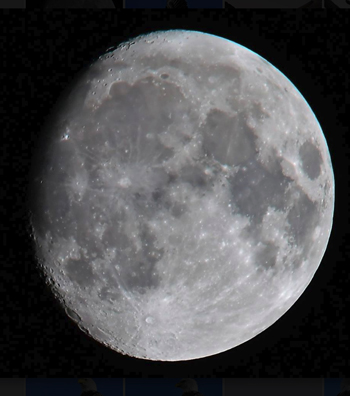Things to know about the ‘Sunny 16’ rule
I have been active in photography since the mid ‘50s and have known about the Sunny 16 rule from way back. It says that in bright conditions, such as sunny skies, with snow, beach sand, or sea, set your lens opening to f-16 and your shutter speed to the reciprocal (1/ISO) of your ISO setting. If your ISO was 200, set the shutter to the setting nearest 1/200 of a second. Check your result and adjust the shutter speed accordingly.

This Looney 11 rule, however, was unknown to me until a week or so ago when I came across it in a photography article. Basically, it is a similar rule (f-11 lens opening and the reciprocal of the IS0 for setting the shutter speed) applied to getting a good exposure of a full moon. Suggested lens openings for other phases of the moon include: for a half moon use f-8, quarter moon use f-5.6, and for a crescent moon use f-4. For a total eclipse use f-2.8 and for stargazing use f-2. In each of these situations the shutter speed is set according to the reciprocal of the ISO being used.
Both of these rules should be considered as starting points because they do not take into account the range of your lens openings, which are the numbers found on the edge of the lens when you look directly at it. The numbers mean that the light gathering ability of the lens decreases as the numbers get larger.
The best thing to do is to give the settings a try, examine your results, and write down the settings that provided the best results with your camera equipment.
Next week will include a report on the multimedia show in Celina.
POSTED: 11/30/18 at 7:49 am. FILED UNDER: Camera Club News







